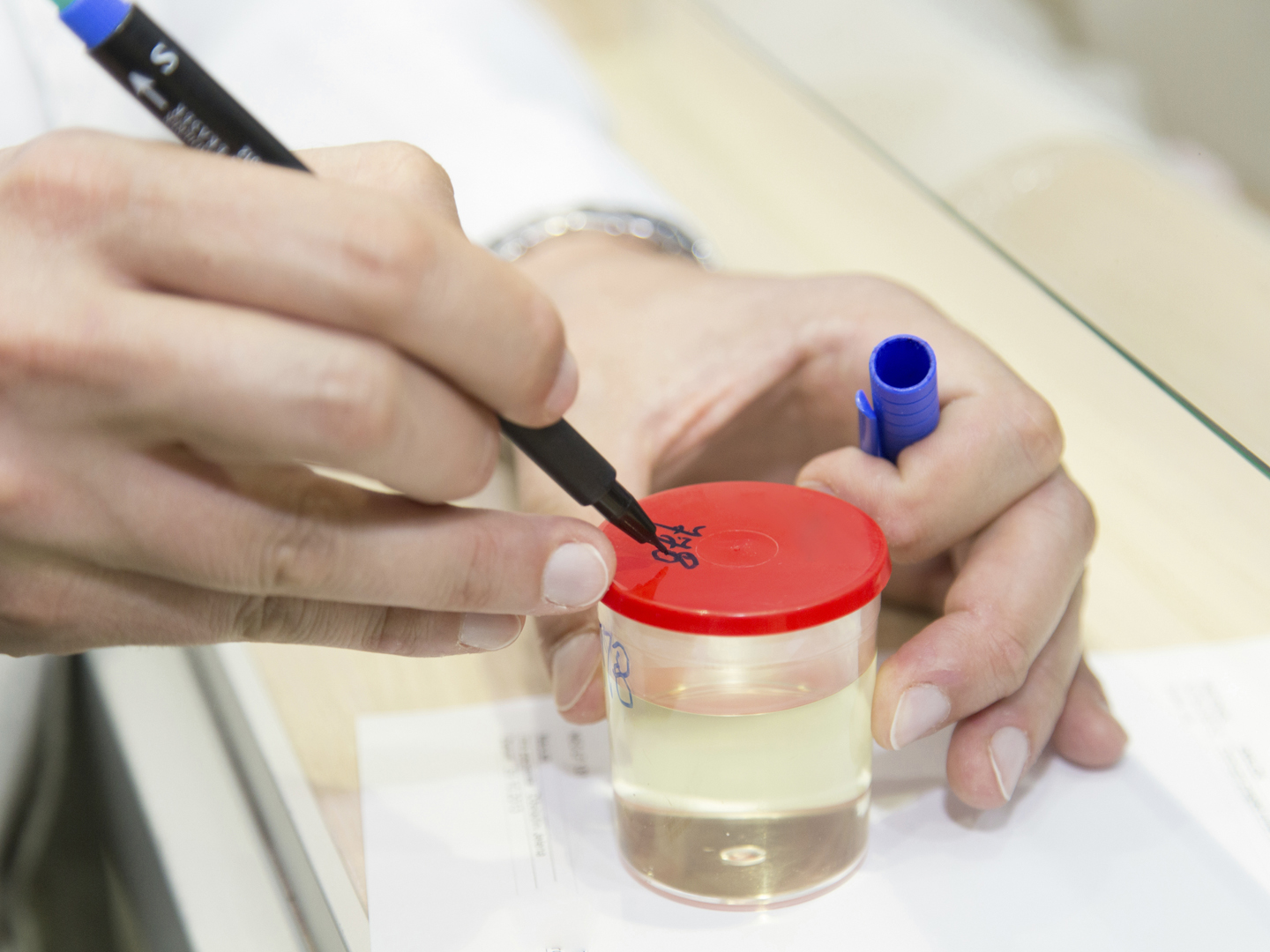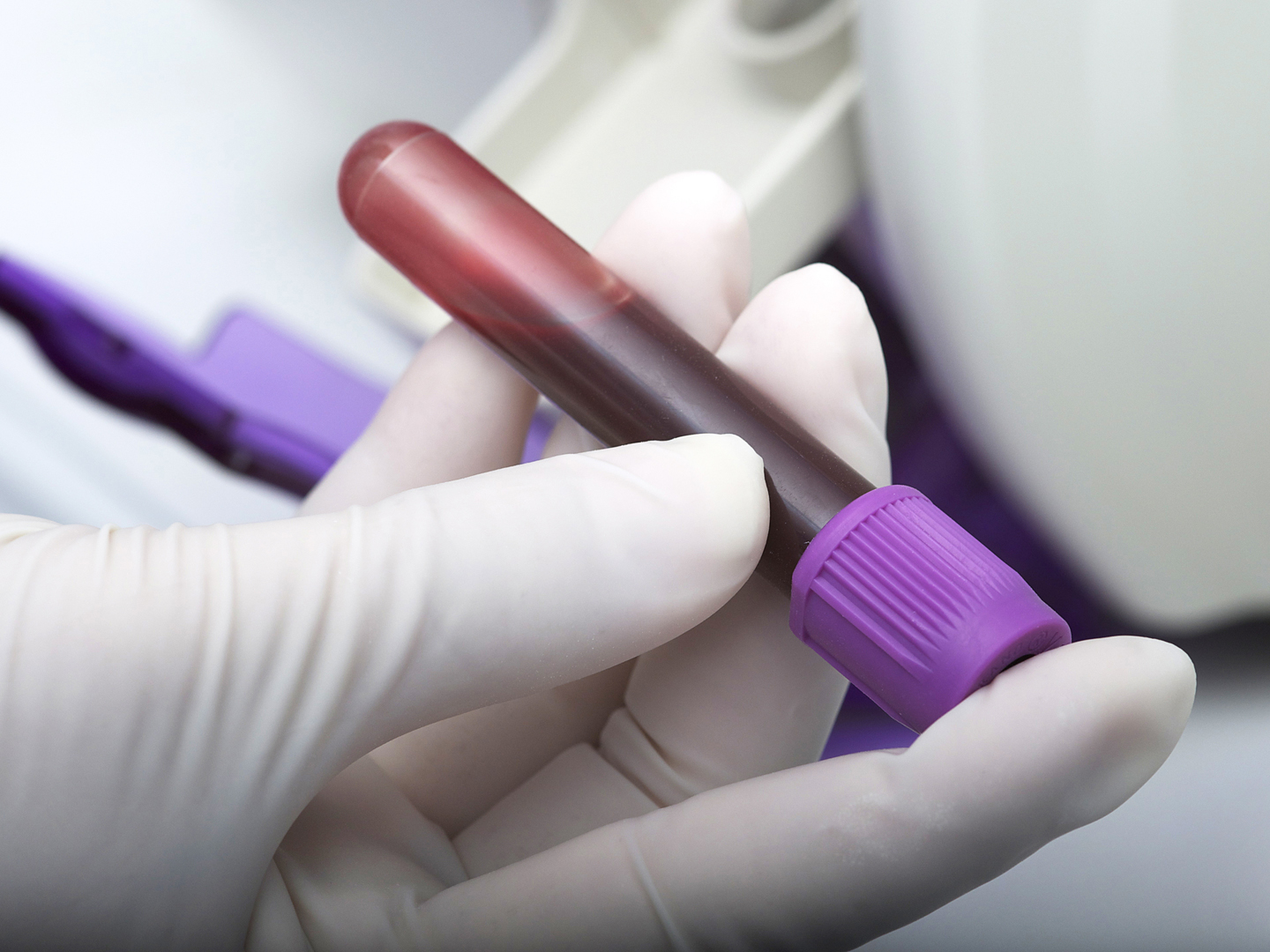Kidney Stones

What are kidney stones?
One of the most common disorders of the urinary tract, kidney stones (renal calculi) are solid pieces of material that form in the kidney from substances in urine. They can be so small as to be invisible to the naked eye, or as big as a pearl. Kidney stones lead to almost three million visits to health care providers and more than half a million emergency room visits annually.
The incidence of kidney stones in the United States has been increasing over the past 30 years for unknown reasons. From less than four percent of the population in the late 1970s, the prevalence grew to more than five percent by the early 1990s. Caucasians are more prone to develop kidney stones than are African Americans. Stones occur more frequently in men and their prevalence increases dramatically as men pass the age of 40. Among women, prevalence peaks in the 50s. If you’ve had one kidney stone, you’re at risk of developing others.
What are the symptoms?
Tiny kidney stones can cause no symptoms at all, but larger calculi can give rise to a sharp, cramping pain in the back and side in the area of the kidney or in the lower abdomen when they move into the urinary tract and block the flow of urine. Other symptoms include excruciating pain (usually in the lower back, side and groin), difficulty urinating, blood in the urine, chills, nausea and, sometimes, fever.
If bacteria become trapped in urine that pools above a stone, a urinary tract infection can occur. If these calculi are allowed to block the urinary tract for a long time, normal urine output can back up in the tissues inside the kidney, producing excessive pressure that can distend the kidney (hydronephrosis) and eventually damage it.
What are the causes?
Stones form when urine becomes highly concentrated and solutes in it crystallizes, or when inhibitors of stone formation are absent in urine. About 75% of stones formed in the urinary tract are composed of calcium. High levels of oxylates in the urine can contribute to stone formation, and citrate can help prevent stone formation by binding to calcium before it crystallizes.
Surprisingly, the more calcium-containing foods you eat, the lower your risk of kidney stones. This was confirmed during a study involving 91,731 nurses between the ages of 34 and 59, none of whom had ever had kidney stones at the outset. During the 12 years of the study, 864 of the nurses developed kidney stones for the first time (that averages out to about one of every 1,000 participating). The researchers found that the higher the intake of dietary calcium, the less chance the nurses had of developing stones. However, among the nurses whose calcium intake was high and who also took calcium supplements, the risk of developing kidney stones was 20 percent greater than normal.
Diets very high in protein or vitamin C, and not consuming adequate water can increase risk of stone formation, as can a family history of kidney stones. In addition, urinary tract infections, kidney disorders such as cystic kidney diseases, and certain metabolic disorders such as hyperparathyroidism also increase risks of forming calculi.
What is the conventional treatment?
Most kidney stones pass out of the body without the need for medical intervention. Drinking plenty of water – two to three quarts a day – can help move the stone along. You usually can do this at home. Pain medication may be prescribed if needed. Surgery is usually not necessary.
Ongoing treatment is based on the composition of the stone, and patients are asked to urinate through a screen which can catch the stones for analysis. For those who have a genetic disposition for high calcium in urine (hypercalciuria), a diet low in sodium and high in potassium may help.
If you’re prone to calcium and uric acid stones, your physician may prescribe certain medications to control the level of acidity or alkalinity of the urine, key factors in crystal formation. The medicine allopurinol may also be useful in some cases of hyperuricosuria, a disorder of uric acid metabolism that can contribute to stone formation.
Other drugs used to prevent stones include the diuretic hydrochlorothiazide that can reduce the amount of calcium released by the kidneys into the urine.
People with overactive parathyroid glands (hyperparathyroidism) sometimes develop calcium stones. Treatment usually is surgery to remove the parathyroid glands, which are located behind the thyroid glands in the neck. Removing the glands cures both the hyperparathyroidism and the kidney stones caused by this condition.
Today, surgery is rarely required but may be recommended for stones that don’t pass after a reasonable period of time and causes constant pain, for those that block urine flow, cause urinary tract infections, damage kidney tissue, cause constant bleeding or those that have grown larger, as seen on x-rays.
A technique known as extracorporeal shock wave lithography (ESWL) is the most frequently used procedure for removal of stones. In ESWL, shock waves created and sharply focused by a specialized instrument pass through the skin and tissues and break up the stones, allowing them to pass via the urine stream. Recovery time is usually short, allowing most people to resume normal activities in a few days.
What therapies does Dr. Weil recommend for kidney stones?
The best way to avoid kidney stones is to drink lots of water, at least six to eight glasses daily. The water dilutes the urine, reducing the risk of crystallization. You also should avoid food containing oxalate so that there will be less of it to join with calcium and form calcium oxalate. Foods high in oxalate include spinach, beet greens, nuts, chocolate, strawberries, rhubarb, Swiss chard, wheat germ, soybean crackers, okra, black Indian tea, sweet potatoes.
The following dietary measures can also help prevent stone formation:
- Avoid caffeine, which seems to increase urinary calcium.
- Decrease consumption of animal protein, especially red meat, which increases the risk of stone formation.
- Limit your salt intake (salt increases urinary calcium excretion).
- Consume potassium and bran fiber in foods, not supplements, because both can reduce urinary levels of calcium.
- Take calcium citrate, which may bind with oxalates in the intestines and be eliminated as calcium oxylate.
- Drink lemon juice in sparkling water, as lemon juice is a natural source of citrate.









